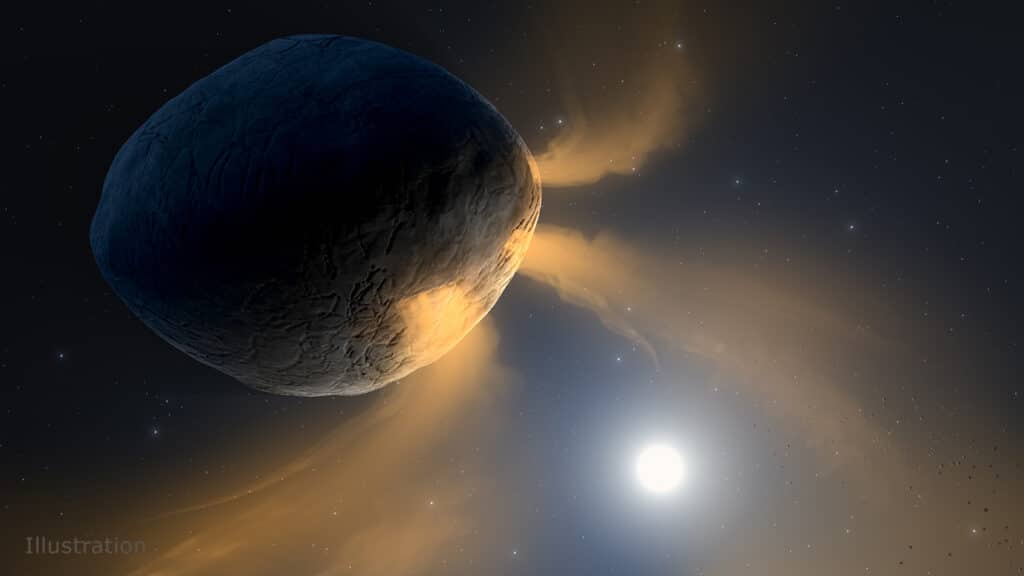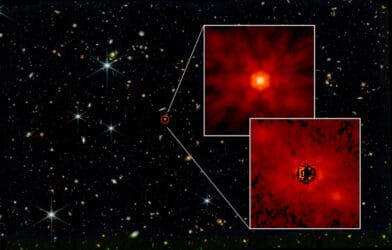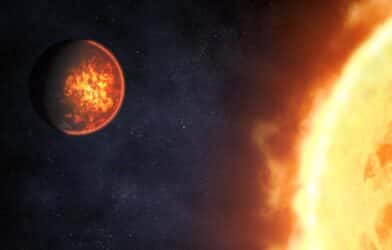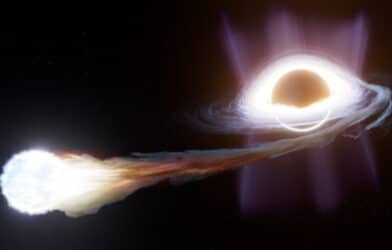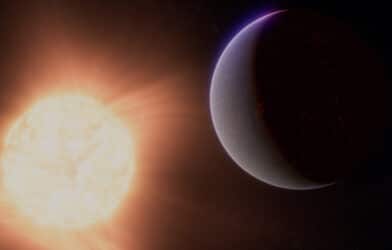Asteroid Phaethon remains a subject of intrigue among astronomers for its unusual comet-like tail. This perplexing feature becomes visible as Phaethon approaches the Sun, a behavior typically not associated with asteroids. The key to unraveling this mystery lies in a recent study led by researchers from the University of Helsinki.
The study offers a fascinating explanation for Phaethon’s tail, challenging the conventional understanding of asteroids and comets. Comets are known for their tails formed from vaporizing ice and carbon dioxide as they near the Sun. However, for asteroids like Phaethon, which lack these volatile materials, the presence of a tail remained unexplained.
Notably, Phaethon, which measures five kilometers in diameter, is also the progenitor of the Geminid meteor shower, a spectacular annual event visible in the skies worldwide, including Finland.
The breakthrough came from a novel approach by the Helsinki team, led by postdoctoral researcher Eric MacLennan and associate professor Mikael Granvik. They re-examined the infrared spectrum of Phaethon, previously captured by NASA’s Spitzer space telescope, and compared it to laboratory-measured spectra of meteorites. Their findings revealed a perfect match between Phaethon’s spectrum and that of a rare meteorite type known as CY carbonaceous chondrite – a group with only six known specimens.
CY carbonaceous chondrites are remarkable for their unique composition, which includes olivine, carbonates, iron sulfides, and oxide minerals. This composition is indicative of a primitive state, mirroring the early stages of the Solar System’s evolution. These meteorites have undergone significant changes, such as drying and thermal decomposition, due to heating, setting them apart from other meteorite types.
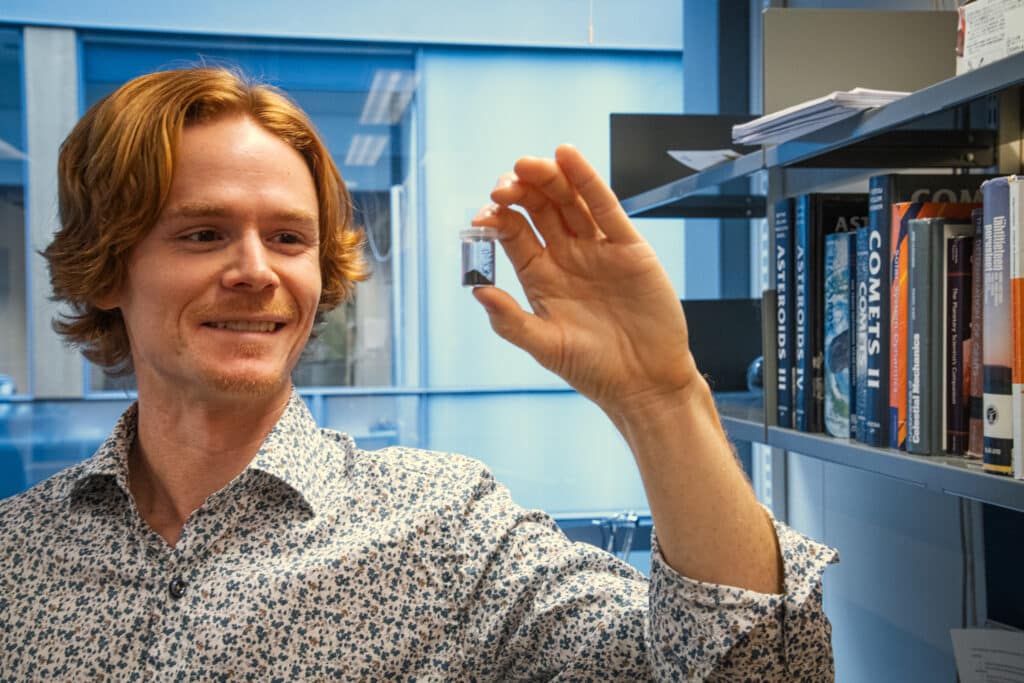
The team’s thermal modeling showed that Phaethon’s surface temperature could soar to about 800°C when it nears the Sun. At such high temperatures, minerals like carbonates and phyllosilicates decompose, releasing gases like carbon dioxide, water vapor, and sulfur gas. These gases, the researchers suggest, are responsible for both the formation of Phaethon’s tail and the lifting of dust and rock fragments that later become the Geminid meteors.
The study’s findings not only shed light on Phaethon’s mysterious features but also underscore the importance of meteorites in understanding celestial bodies. As Granvik notes in a media release, “It was great to see how each one of the discovered minerals seemed to fall into place and also explain the behavior of the asteroid.” This research paves the way for a deeper understanding of asteroids, offering insights into the early solar system and the processes shaping these ancient space rocks.
Researchers published their work in the journal Nature Astronomy.
